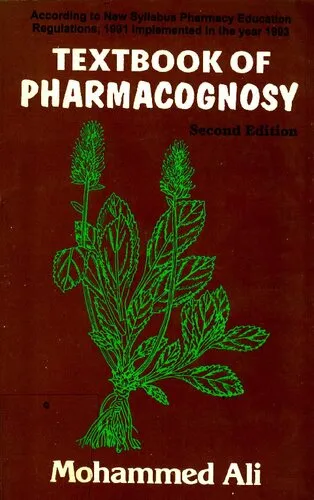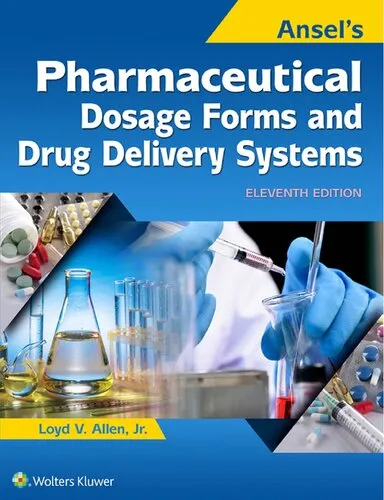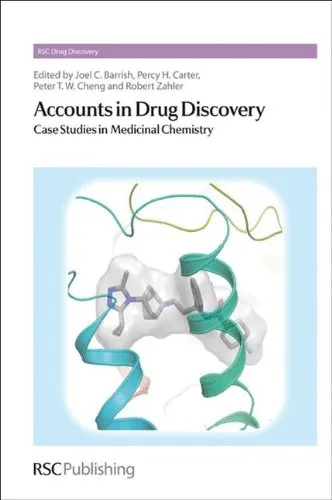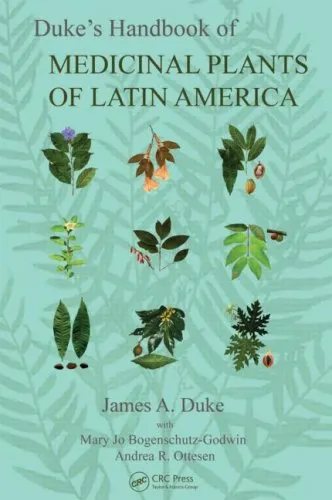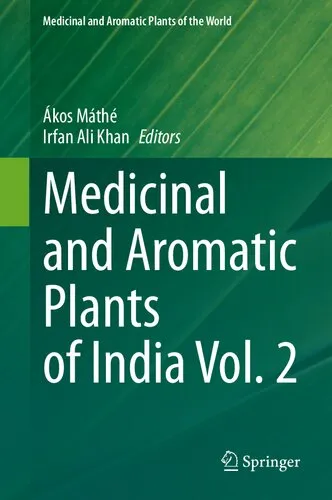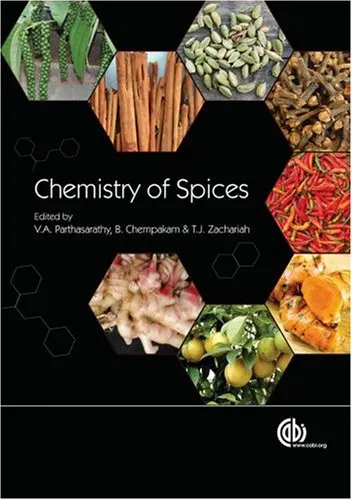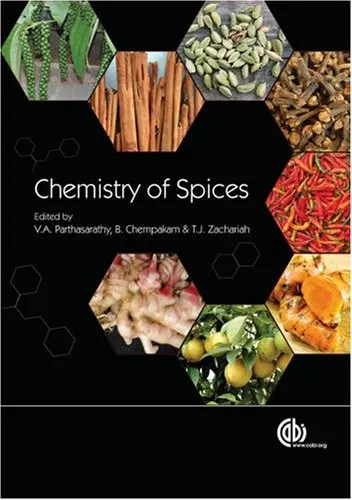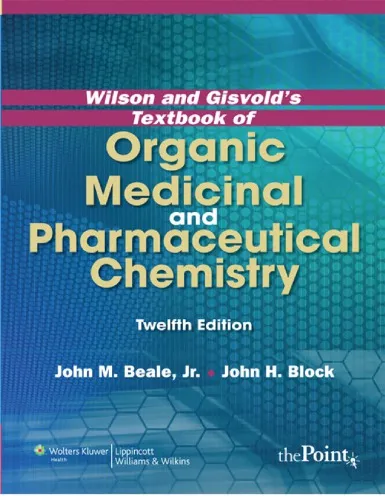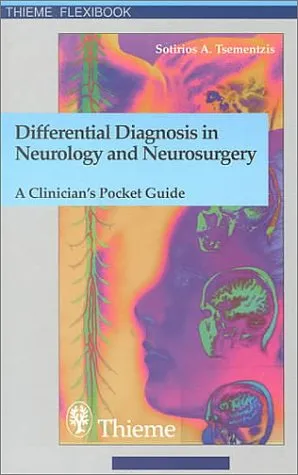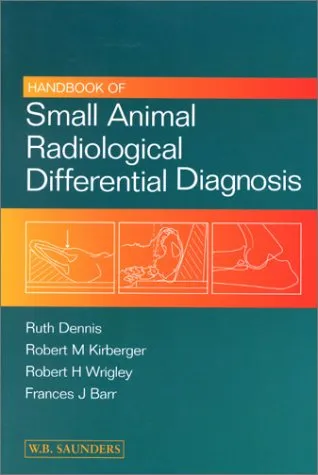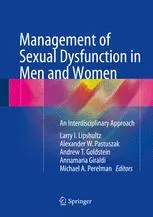Phytochemistry
4.9
Reviews from our users

You Can Ask your questions from this book's AI after Login
Each download or ask from book AI costs 2 points. To earn more free points, please visit the Points Guide Page and complete some valuable actions.Related Refrences:
Analytical Summary
The section “Phytochemistrypp.1179—1186” represents a significant fragment within the broader scientific discourse on plant chemistry, authored by R. Brouillard, S. Chassaing, and A. Fougerousse. This work delves deeply into the composition, transformation, and role of diverse phytochemicals, with a precise focus on structural identification and functional implications. Academics and professionals interested in plant science, especially the study of secondary metabolites, will find this segment dense with data and interpretive value.
The content offers a meticulous examination of plant-derived molecules, investigating their biosynthetic pathways, ecological roles, and potential applications. While relevant publication year and award recognition are information unavailable due to no reliable public source, the scholarship within these pages speaks for itself, presenting sophisticated analytical techniques that have shaped understanding in the field.
This concentrated portion of research contextualizes molecular findings within both classical phytochemistry principles and modern biochemical analysis, making it not merely a contribution to literature but an enduring reference point for laboratory and field scientists alike.
Key Takeaways
Several core insights emerge from “Phytochemistrypp.1179—1186,” valuable to researchers and practitioners concerned with plant biochemistry and molecular analysis.
1. A detailed mapping of plant secondary metabolites, emphasizing structural variations and their biological functions.
2. Clear methodology for biochemical analysis that can be adapted across multiple plant species and research objectives.
3. Integration of ecological considerations into chemical profiling, reinforcing the interconnectedness of biochemical processes and environmental factors.
4. An authoritative discussion on the implications of specific phytochemical properties for potential pharmacological or industrial applications.
5. Emphasis on reproducibility and analytical rigor, ensuring that findings stand up to both academic and applied scrutiny.
Memorable Quotes
“The chemistry of plants is the language through which nature speaks complexity to the observant mind.” Unknown
“Every molecule we uncover expands the dictionary of phytochemistry.” Unknown
“Analytical rigour transforms observation into actionable knowledge.” Unknown
Why This Book Matters
“Phytochemistrypp.1179—1186” serves as more than a textual reference; it is a cornerstone for the informed study of plant chemistry.
By integrating thorough biochemical analysis with a broad understanding of ecological interplay, the authors provide a framework that advances both theoretical science and applied industry. Students of natural products chemistry, seasoned phytochemists, and multidisciplinary researchers will find its content indispensable for advancing their competence and comprehension.
With its focus on plant secondary metabolites and biochemical analysis, the work underscores the necessity of cross-disciplinary approaches to solving complex scientific problems. This is especially pertinent to areas such as pharmacognosy, agricultural innovation, and environmental stewardship.
Inspiring Conclusion
The study presented in “Phytochemistrypp.1179—1186” continues to resonate with scientists and informed readers alike. It demonstrates the depth of knowledge possible when rigorous analysis meets ecological awareness.
As you engage with this work, consider its potential to inspire new experiments, inform interdisciplinary collaboration, and energize ongoing debates within phytochemistry and biochemical analysis. Sharing these perspectives could enrich the collective understanding of plant sciences and foster innovations that benefit both science and society.
For academics, professionals, and serious readers, the next step is clear: read “Phytochemistrypp.1179—1186” critically, discuss its findings with peers, and apply its methodologies in your own explorations of plant chemistry.
Free Direct Download
You Can Download this book after Login
Accessing books through legal platforms and public libraries not only supports the rights of authors and publishers but also contributes to the sustainability of reading culture. Before downloading, please take a moment to consider these options.
Find this book on other platforms:
WorldCat helps you find books in libraries worldwide.
See ratings, reviews, and discussions on Goodreads.
Find and buy rare or used books on AbeBooks.
1149
بازدید4.9
امتیاز0
نظر98%
رضایتReviews:
4.9
Based on 0 users review
Questions & Answers
Ask questions about this book or help others by answering
No questions yet. Be the first to ask!

